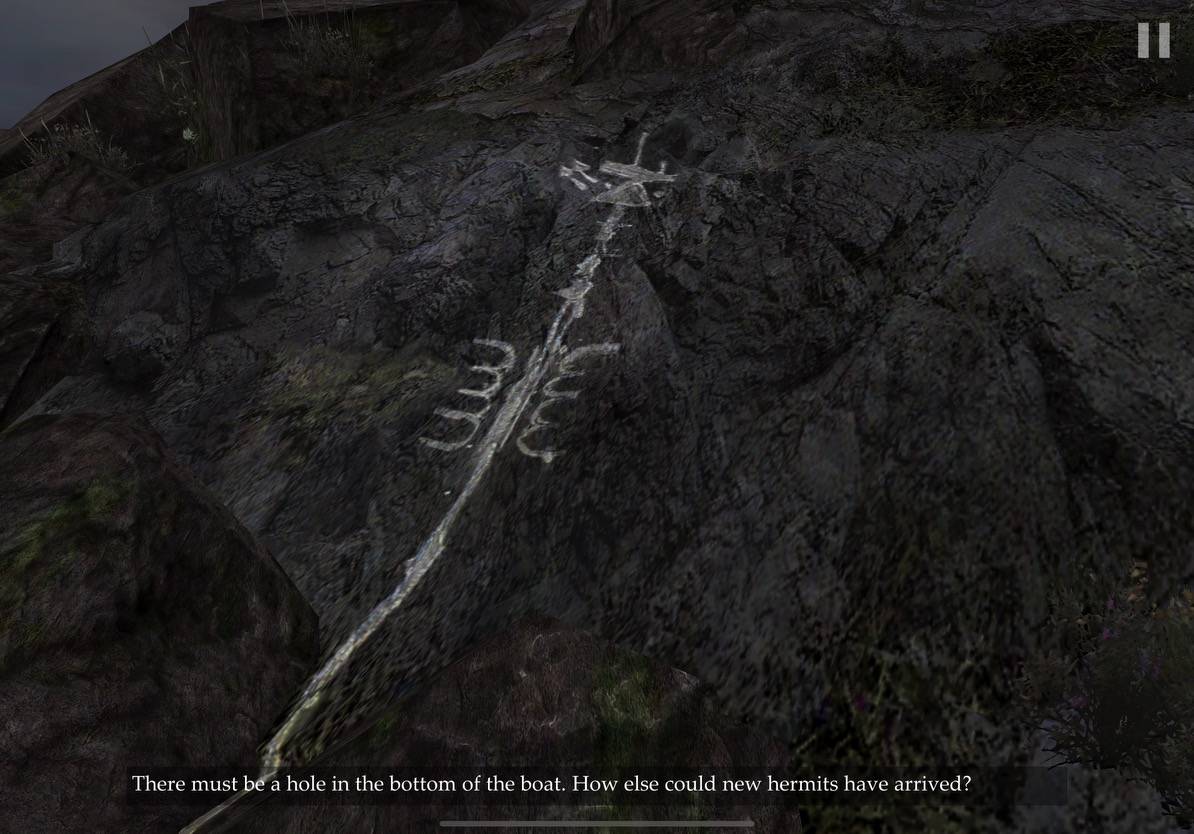Released in 2012, “Dear Esther” provided players with a much different gaming experience. It was developed by The Chinese Room and was intended for more mature users, as it required a player to follow a storyline. Even without much action and mechanics available for the player, Dear Esther still finds a way to allow the act of exploration to serve as a cohesive way for a user to become a part of the story.
The only mechanic that a player really has in this game is to walk and turn. Plopped onto an ominous island, the player walks around while being read different audio clips from an anonymous man from letters to his dead wife, Esther. As the player stumbles upon different clues and parts of the map, more information is ready by the voice. Because of the lack of mechanics available to the player, the game must focus more on other elements, such as the graphics, aesthetics, and narrative. The game feels extremely eerie and mysterious, partially because of the voice reading the stories and the music that follows it. This makes the aesthetic of the exploration feel mysterious, keeping the player unsure of what is to come. Additionally, one of the most impressive aspects of Dear Esther is the high quality graphics. For a walking simulator to successfully tell a story, it helps for the visuals and sounds to feel as real as possible. The player should feel as if they are completely immersed in the story, and pixelated or cartoonish graphics would make it hard for the player to believe that. The details to make the walking feel realistic make the walking encapsulating. When a player walks through taller grass, the sound changes to simulate that. Additionally, the sound of the wind links up with the way that the leaves, grass, and trees move to make it feel even more authentic. Every detail is thought out extremely well which allows the simple mechanic of walking to be such a meaningful action.

At first, I felt a bit lost with this game. At the start, the narrative voice read me a few passages and then just left on my own to explore, leaving me a bit confused and unsure of what steps to take. It was not until I was able to switch gears and gain a better understanding of what a game like this aims to do. As I usually play puzzle games and competitive challenges that force me to try and find a solution or a win. But in games like Dear Esther, the game is the exploration itself. There are far fewer “wrong” decisions to make because the only wrong thing you can do is sit still.

Once I got the hang of it, I saw the draw that games like Dear Esther presents. It may not be for the hardcore button-mashing gamer, but for those looking for an immersion into an alternate world where a story is presented to a player incrementally, this could be the perfect option. Anyone can go watch a movie or read a story and get it all at once, but the player’s ability to control the pace of information that reaches them allows for a narrative style unmatched by any other forms.



